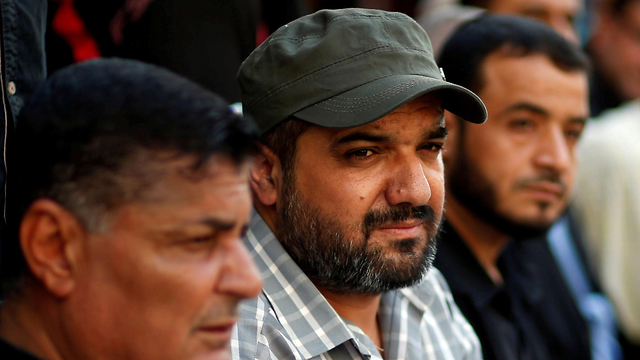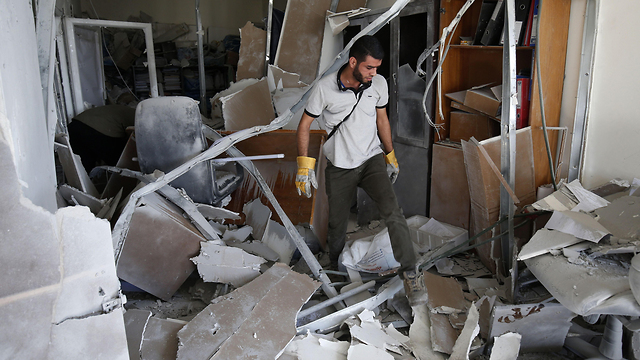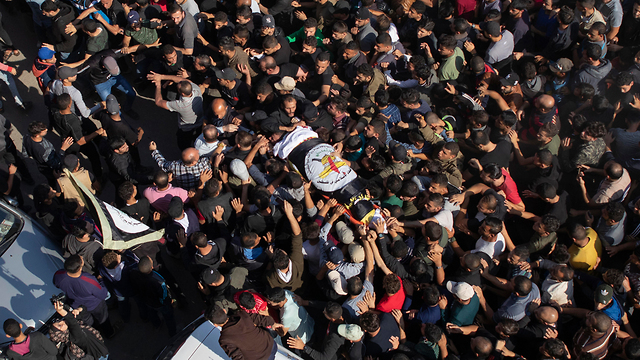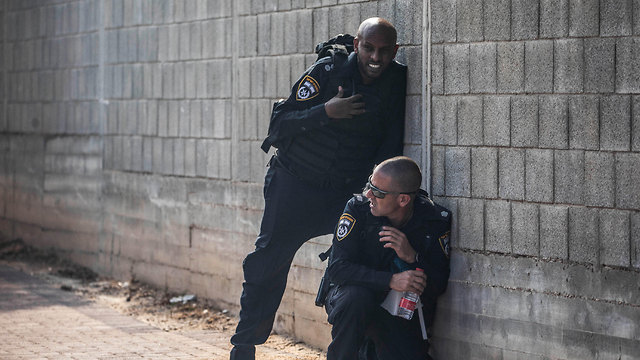
Islamic Jihad commander Baha Abu al-Atta, killed early Tuesday by the IDF in Gaza City, was considered to be extremely violent and unrestrained, even by the standards of the militant organization in which he was a senior figure.
The decision to eliminate Abu al-Atta was approved by the security cabinet in September, after he ordered rocket fire on Ashdod as Netanyahu was delivering an campaign speech in the city.
The execution of that decision was held off until the opportune moment, trying to avoid as many civilian casualties as possible.
In the days leading up to his death, Abu al-Atta worked to carry out several terror attacks against Israel, including sniper fire, drone attacks, and rocket strikes.
He joined Islamic Jihad in the end of the 90s and since then served in a range of both military and political roles within the extremist organization.
In 2007, he trained in Syria in order to deepen his military knowledge and field experience, amd a year later was already assigned to command the organization’s division in Gaza.
He went on to command the entire northern division of Islamic Jihad, earning him one of the two most senior positions available in the organization's military echelons in Gaza.
Among his other responsibilities, Abu al-Atta was also responsible for the manufacture of a variety of weapons in the Srip, primarily locally made, Iranian-designed rockets.
Recently, Abu al-Ata personally led numerous terrorist attacks against both the citizens of Israel and its soldiers, using mainly rocket fire, drone attacks and sniper fire.
Among his most recent attacks, was the bombardment on the city of Sderot and Sha’ar HaNegev Regional Council two weeks ago, that saw a home in Sderot directly hit by a rocket.
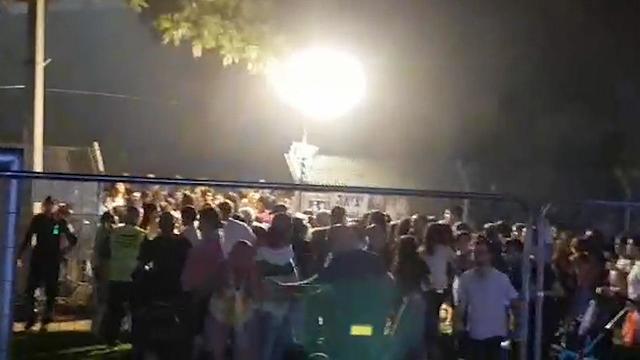
He was also behind the rocket fire on Sderot in late August during a music festival attended by some 4,000 people, as well as the escalation on the Gaza border in May 2019 that ended barely a week before the start of the Eurovision Song Contest in Tel Aviv and killed four Israelis.
Approximately 700 rockets were fired into Israel territory during the week-long May escalation, resulting in the death of four Israeli citizens.
The IDF responded with widespread strikes across the Gaza Strip, carrying out Israel's first targeted killing since 2014. The next one - and the first of a high-ranking Gaza terrorist - was Abu al-Atta himself. In fact, Israel in a rare move published his picture as a warning prior to killing him.
And although the IDF eliminated Abu al-Atta successfully, it wasn’t the first time he was marked for death by Israel.
During the 2012 war in Gaza, Israel tried to eliminate him while he attended a Gaza meeting for the top brass of the Islamic Jihad military wing.
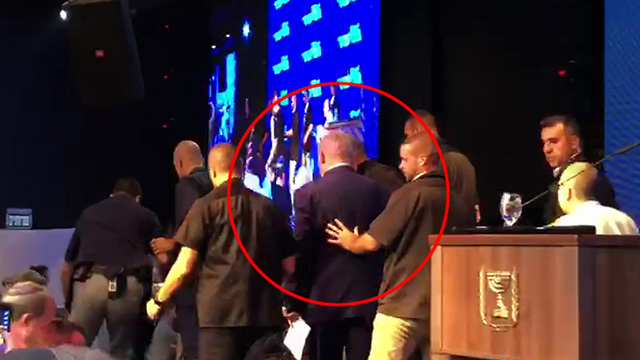
In 2014, his home was destroyed by IDF troops, along with the residences of other senior Hamas and Islamic Jihad leaders who like him were in hiding for the duration of the 50-day conflict.
On Tuesday night, Israel finally caught up with him, killing him and his wife in an airstrike on the building in which he lived.
In response, Islamic Jihad fired 400 rockets over a 48 hour period, that reached all the way to Israel’s central metropolitan areas, while Hamas joined in the group's vows for revenge bur refrained from joining the fighting.
“The return to the policy of assassinations is crossing a red line," the groups said in a joint statement. "The responsibility for this heinous crime is Israel’s alone, and will not go unanswered.”
Israel sent a message to the Hamas leadership saying it would abstain from attacking the group as long as it stayed out of the current conflict, which was ostensibly rejected.
But while it has engaged in a show of solidarity with Islamic Jihad, Hamas's relationship with Abu al-Atta was somewhat contentious.
The group saw him as problematic, someone who could try to destroy the agreement for calm the ruling organization had with Israel, and not without precedent.















